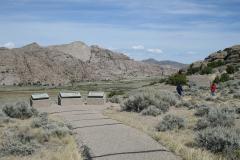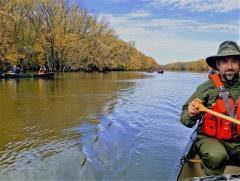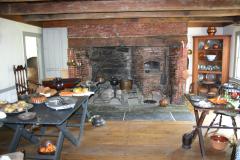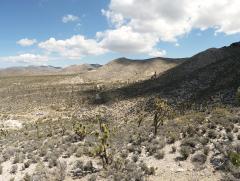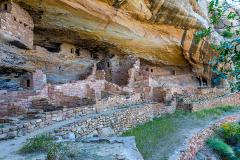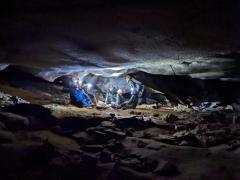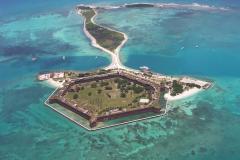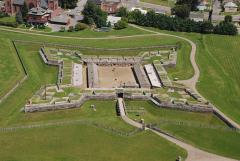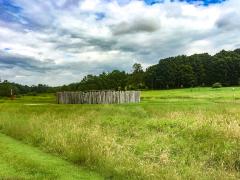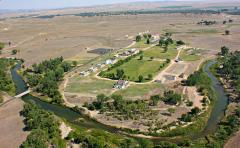Split Rock Viewpoint, Mormon Pioneer National Historic Trail
The 1,300-mile Mormon Pioneer National Historic Trail is not a single hiking trail but rather, a route traveled by Mormons who fled Nauvoo, Illinois, to the Great Salt Lake Valley in 1846-1847. Along this route you can see some amazing landscapes while learning about this route and the hardy people who traveled it.
- By Rebecca Latson - March 21st, 2024 3:00am

